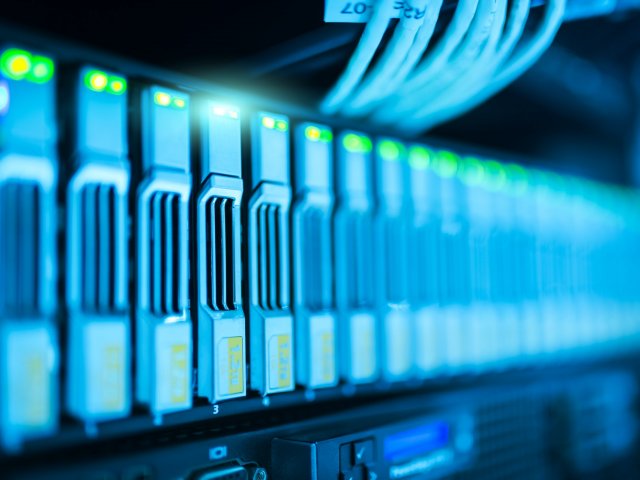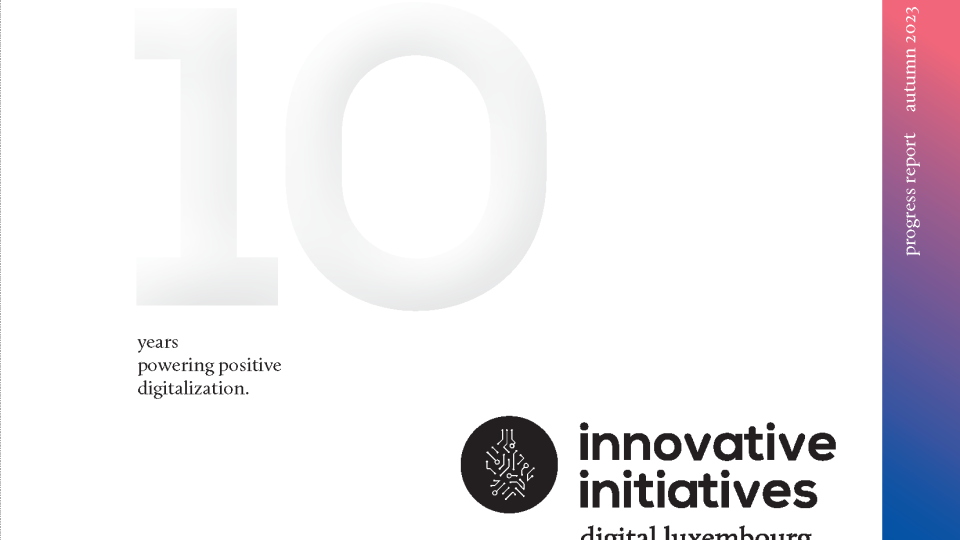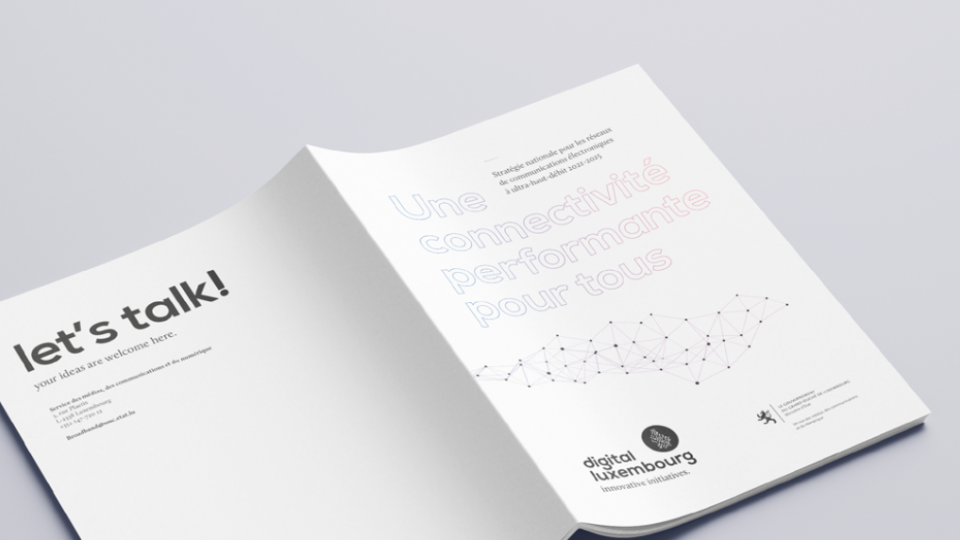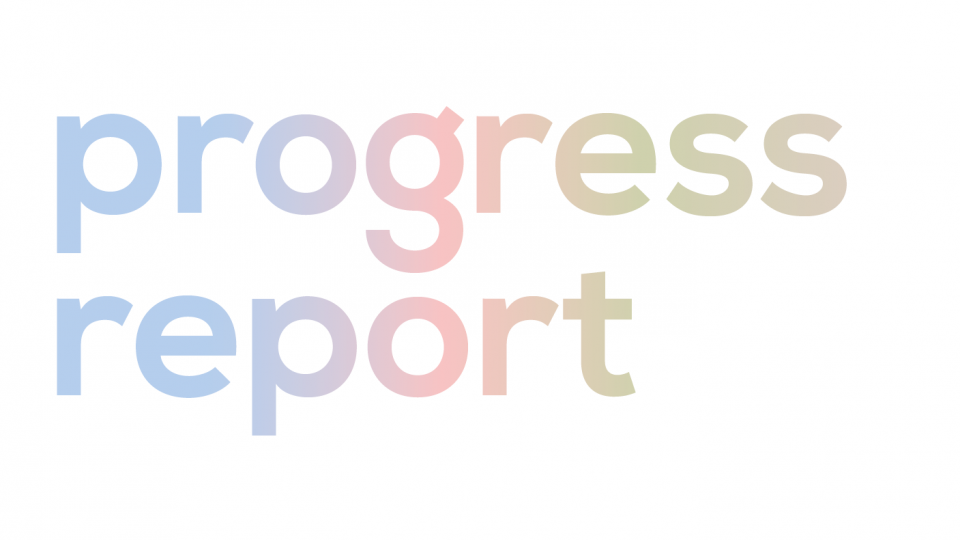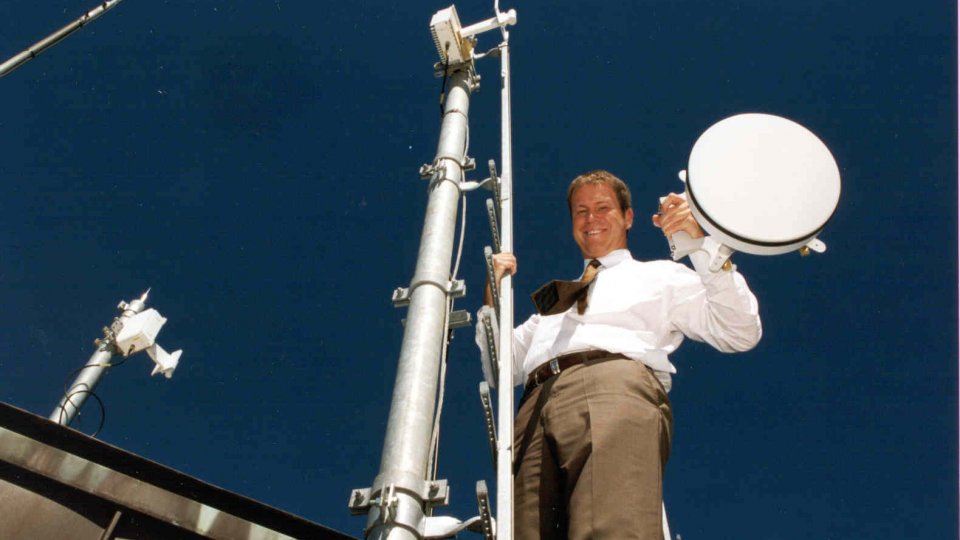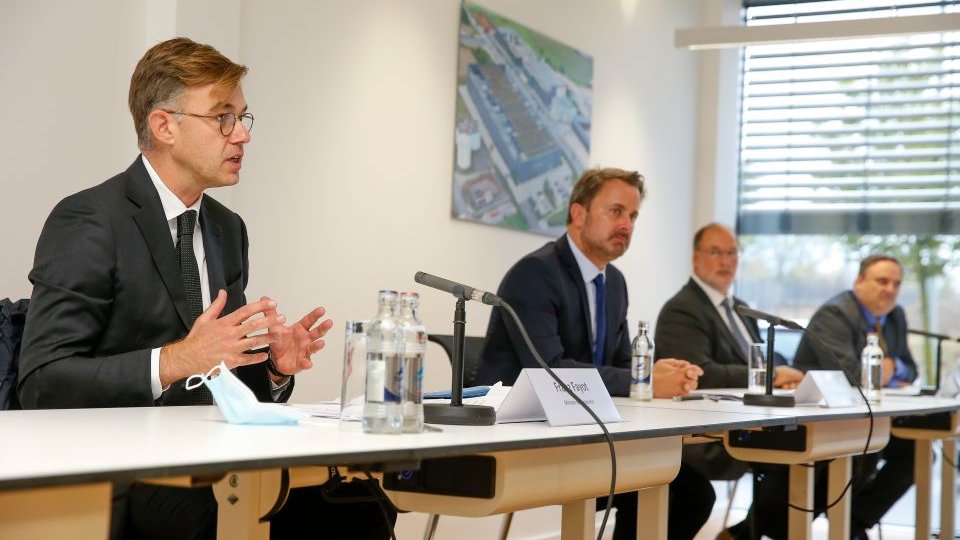You may need to read this more than once: 90% of all data that exists today was generated in the last two years. That is a mind-boggling 2.5 quintillion (or 2,500,000,000,000,000,000) bytes of data per day. Sound big?
There’s a reason they call it Big Data. So where does all this data come from and how is it changing the world?
Every time we make an e-purchase, “like” something on social media, “follow” a brand, take a GPS-activated walk, add a restaurant review on TripAdvisor – basically do anything online – we leave behind a digital trail of data for organizations to collect, analyze and store.
Big Data’s growth is accelerating at full throttle thanks in large part to advanced technologies: industrial machinery sensors, for instance, collect and share vast amounts of data. And with IoT’s increasing momentum there is all the data created as a result of constant communication between our “smart” appliances.
If we were asked to explain data about 20 years ago, we’d probably conjure the image of reams of numbers being manually inputted into reams of spreadsheets (and paper-filled binders) that would eventually be manually processed or analyzed by a human being. Or not.
Data nowadays refers to everything digital, from written text, photos and videos to audio recordings and sensor data.
Big Data is "big", not simply because of the sheer amount of data collected, but what can be done when paired with advanced data mining & analysis techniques: predicting earthquakes, understanding market trends and patterns to target customers, decoding DNA strings to detect diseases, identifying traffic patterns in airports (or ski resorts!) to reduce long lines and helping machines (e.g. cars) become more autonomous.
Not to mention waste management solutions involving sensors that can detect when dumpsters are full (saving time, manpower and fuel), smart yoga mats that give feedback on posture, fraud detection, epidemic outbreak prediction…we could go on forever.
Like the Big Bang, Big Data gives rise to a new world: a digital era full of smart objects, personalized experiences and interconnected…everything.

